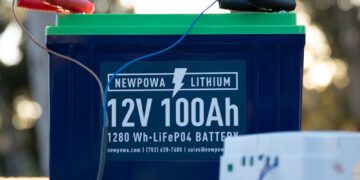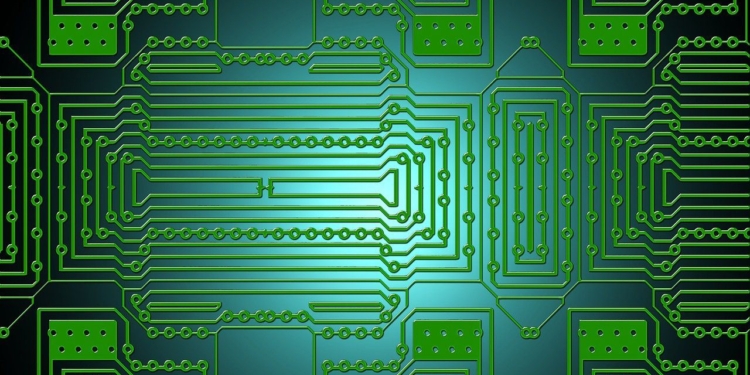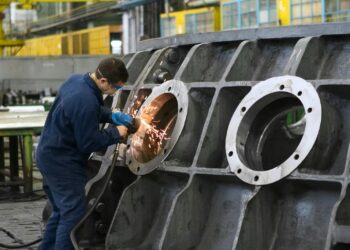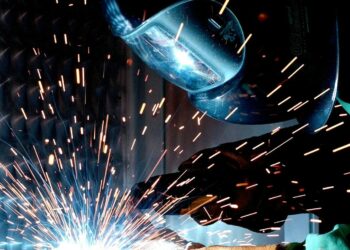A Broader Energy Transition Is Taking Shape
For the last decade, the clean energy story has been largely told through the lens of solar and wind. Both technologies continue to deliver record-setting growth in gigawatts installed, cost declines, and adoption by utilities, corporations, and communities. Yet as energy systems scale, a new reality is emerging: clean energy must also be reliable, resilient, and round-the-clock.
That shift is bringing nuclear power, long-duration storage, and critical energy metals into the spotlight. At RE+ 2025, the industry’s largest clean energy gathering, the discussions weren’t limited to solar panels and inverters. Instead, developers, utilities, and investors emphasized the importance of hybrid solutions — solar, wind, and batteries paired with nuclear and advanced fuels — and the materials supply chains that underpin them.
Why 24/7 Clean Power Matters
The rise of AI data centers, large-scale industrial electrification, and electric vehicles has created new kinds of load profiles. These aren’t nine-to-five energy needs; they demand continuous, uninterrupted supply. Traditional renewables on their own, with their intermittent generation patterns, can’t fully meet this requirement.
Grid planners and corporate energy buyers alike are recognizing the importance of:
- Nuclear power for carbon-free baseload generation.
- Battery energy storage systems (BESS) for shifting renewable output into evening and peak hours.
- Hybrid projects that combine renewables, storage, and thermal backup.
The result is a grid that is more resilient to outages, flexible in balancing supply and demand, and aligned with climate goals.
Energy Metals: The Hidden Backbone
Behind every clean power solution lies a portfolio of critical materials. Building a resilient, low-carbon grid is not just about turbines and panels — it is about the metals and minerals that enable them.
- Uranium: Essential for fueling nuclear plants, which provide 24/7 carbon-free baseload. Years of underinvestment have constrained supply just as demand is rising globally.
- Lithium: The cornerstone of lithium-ion batteries, powering both EVs and stationary grid storage.
- Copper: The circulatory system of the clean grid, used in transmission, motors, and renewable projects.
- Nickel and Cobalt: Key ingredients in high-energy-density batteries for EVs and grid applications.
- Rare Earths (NdPr magnets): Vital for wind turbine generators and electric motors.
- Vanadium: Emerging as a player in long-duration flow batteries for multi-hour storage needs.
At RE+, discussions around materials security, domestic supply chains, and recycling pathways were just as prominent as conversations about project finance and policy incentives.
Nuclear’s Return to the Conversation
Nuclear energy has historically been a polarizing topic, but momentum is shifting. The push for 24/7 carbon-free electricity has reintroduced nuclear as a necessary complement to renewables. Several themes stood out at RE+:
- Small Modular Reactors (SMRs): Scalable, flexible nuclear designs are moving closer to deployment, with utilities exploring pilot projects.
- Life extensions: Many existing nuclear plants are undergoing upgrades to extend operating life by decades.
- Energy security: With geopolitical tensions rising, nuclear provides energy independence from fossil imports.
The new narrative positions nuclear not as competition to solar and wind, but as a partner technology ensuring reliability and meeting climate targets.
What This Means for Investors
For investors, the implications are significant. The clean energy transition is no longer just about solar stocks or EV plays. The real winners may be those companies that:
- Produce the metals needed for the transition (uranium, lithium, copper, rare earths).
- Develop technologies that integrate renewables, storage, and firm power.
- Enable resilient grids with advanced storage and nuclear innovation.
For deeper analysis of the public markets angle, readers can explore PositiveStocks.com, which highlights companies and ETFs positioned at the intersection of clean power and critical minerals.
Corporate Energy Buyers Face a Choice
At RE+, corporate buyers — from technology companies to manufacturers — were a major presence. Their challenge is no longer simply signing a solar PPA (power purchase agreement). Instead, they are being asked by shareholders, regulators, and customers to deliver carbon-free power, every hour of every day.
To achieve this, leading corporations are exploring:
- On-site hybrid systems combining solar, batteries, and backup thermal.
- Direct investments in nuclear-backed PPAs.
- Participation in critical material supply chains to secure future access.
These strategies are not just about cost savings — they are about resilience, reputation, and responsibility.
The Media and Influence Dimension
Energy transition stories are not just technical and financial — they are cultural and reputational. As companies explore partnerships and technology adoption, their leadership in sustainability becomes part of their brand equity.
Platforms like PositivePhil.com showcase thought leaders, innovators, and corporations taking action in this space. By combining energy strategy with visibility, businesses can turn operational improvements into stories that resonate with customers, investors, and employees.
The Bottom Line
The next decade of clean energy won’t be defined by a single technology. It will be built on a mosaic of solutions: renewables for low-cost generation, batteries for flexibility, nuclear for firm supply, and critical metals as the backbone holding it all together.
The message from RE+ 2025 was clear: the transition is broadening. Companies and investors that understand this complexity — and act early — will capture the outsized rewards.
The future grid will be cleaner, yes. But more importantly, it will be resilient, diversified, and powered by a portfolio of technologies and materials. That’s the story to watch, invest in, and tell.



















